
Well, here we are again, and down to:
61. I enjoyed this particular work assignment:
Montessori teachers regularly visit each other's classrooms to observe techniques and gain ideas for additional materials. There are enough standard materials for the math, geography, and sensorial curricula that a teacher is not required to develop any of her own. Practical life, science, and reading are more dependent on the teacher using Montessori principles to create her own materials. A poor Montessorian has little in these sections. An adequate Montessorian has full sections in every curricula. A good Montessorian has added variations in math, geography, and sensorial. Variations encourage the child to practice the same skill in different ways, which leads to better mastery as well as the ability to generalize learning. Adding exercises involves finding the objects that will be correctly usable in the classroom and attract the children to want to work with them.
When I taught in Fairbanks, we were the only Montessori school in the interior, and the only American Montessori Society school in the state. There were no other schools for us to visit. No other teachers for us to exchange ideas and techniques with. Consequently, every year one of the teachers was sent to the Lower 48 for the annual American Montessori Conference. We would go to workshops and discussions for a week and come back with wonderful ideas and at least one or two people we could call when we needed an objective viewpoint. Because my family lived near San Francisco, the year the conference was given there, I went. I spent a month in California, visiting family for three weeks and leaving Richard and Julie with them for the week I was in The City.
 In addition to attending workshops, I was assigned to find materials for our classroom. At that time it was almost impossible to find pretty things in Fairbanks and we starved for them. The board sent me with $100 to find what I could. I, being familiar with the possibilities of San Francisco, went to Cost Plus Imports. I found lovely trays to put new activities on.
In addition to attending workshops, I was assigned to find materials for our classroom. At that time it was almost impossible to find pretty things in Fairbanks and we starved for them. The board sent me with $100 to find what I could. I, being familiar with the possibilities of San Francisco, went to Cost Plus Imports. I found lovely trays to put new activities on. I found beautiful bowls to sort things into. We could use them in any section of the class, since sorting was done in all of them. Children could sort buttons by color or size or shape in the sensorial section. They could sort unpopped colored popcorn kernels with tweezers in the practical life section. They could sort cut out letters by vowels and consonants in reading, and numerals by odd and even in math.
I found beautiful bowls to sort things into. We could use them in any section of the class, since sorting was done in all of them. Children could sort buttons by color or size or shape in the sensorial section. They could sort unpopped colored popcorn kernels with tweezers in the practical life section. They could sort cut out letters by vowels and consonants in reading, and numerals by odd and even in math. I found a fantastic selection of baskets, which we used like trays, to contain the parts of an activity. Pretty baskets from around the world could also be used in geography and art, drawing the children's attention to the different methods of construction and decoration. Sorting pictures from Peru into the Peruvian basket and from Greece into the Greek basket gave a nice touch.
I found a fantastic selection of baskets, which we used like trays, to contain the parts of an activity. Pretty baskets from around the world could also be used in geography and art, drawing the children's attention to the different methods of construction and decoration. Sorting pictures from Peru into the Peruvian basket and from Greece into the Greek basket gave a nice touch. And a pair of long handled syrup pitchers to add as a variation in practical life. In teaching three year olds to pour water, we started with pouring dried beans from one creamer to another, moved up to rice, and then to water. These pitchers were just a touch harder to control than the creamers and gave the children additional practice with fine muscle control. And because none of them had ever seen anything that looked like this, they really liked using them.
And a pair of long handled syrup pitchers to add as a variation in practical life. In teaching three year olds to pour water, we started with pouring dried beans from one creamer to another, moved up to rice, and then to water. These pitchers were just a touch harder to control than the creamers and gave the children additional practice with fine muscle control. And because none of them had ever seen anything that looked like this, they really liked using them.The conference was the first week that I was in California, so I filled four large boxes with my treasures and mailed them to my team teacher, who received them a good two weeks before I returned. Two weeks during which she and the board members unpacked the boxes and wondered how on earth they were going to pay me back for all the extra money they thought I had spent. When I got back and called in I was told that they could understand why I had bought every single thing I had but . . .. And I was able to tell them that, actually, they had $5 change coming. Prices in California were so much cheaper than in Alaska; at Cost Plus cheaper still.
Obviously, I enjoyed this assignment very much. I still remember so many of the things I found and brought back.
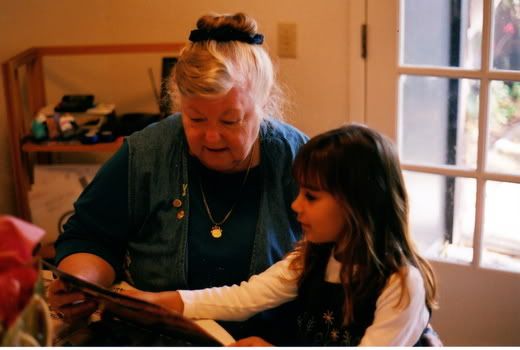
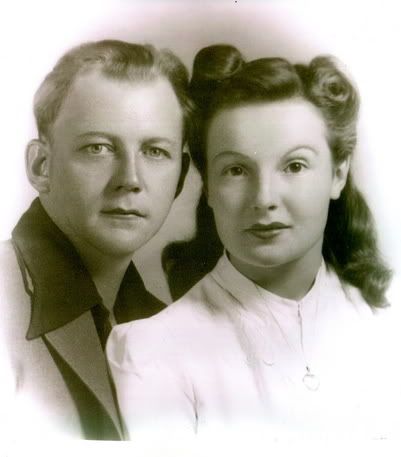
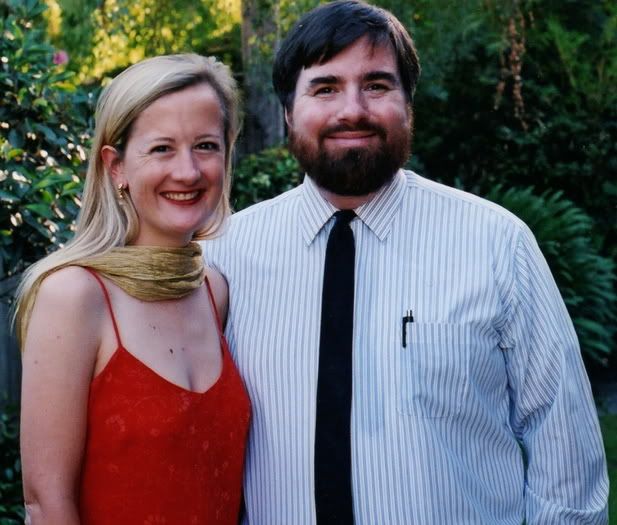
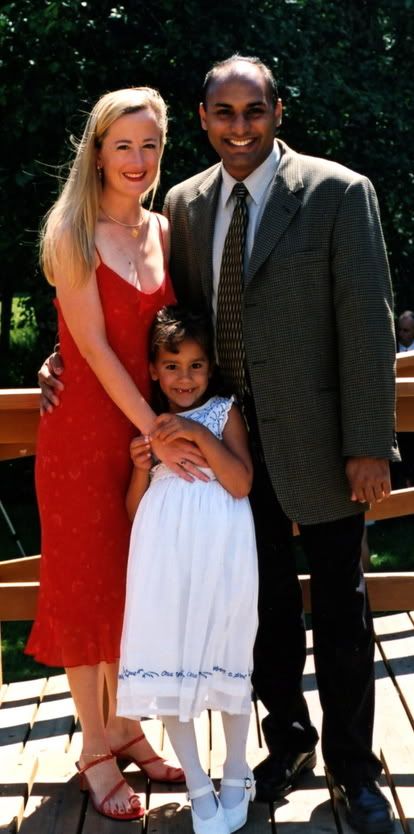
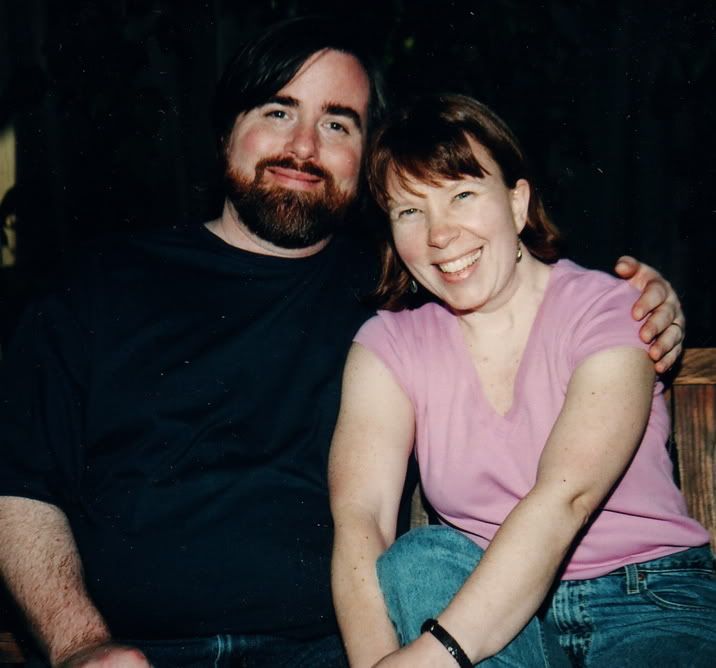
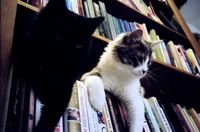












4 comments:
My grandson will be starting a Montessori in the fall. I loved your ideas and now will have to stock up on some stuff to 'play' with him when he visits!
I remember when we moved back to California, and we needed to buy EVERYTHING that goes in a kitchen (grocery wise, that is), and you filled the cart. You had $100 to pay for it all (which seems like nothing today, but in 1975, it was a LOT) and the total was something like $23. What a difference it was to shop in CA, huh? Too bad you couldn't get Alaska wages and CA prices.
Wonderful story. You sound like a truly dedicated teacher.
Sounds like you had a lot of fun!
Post a Comment